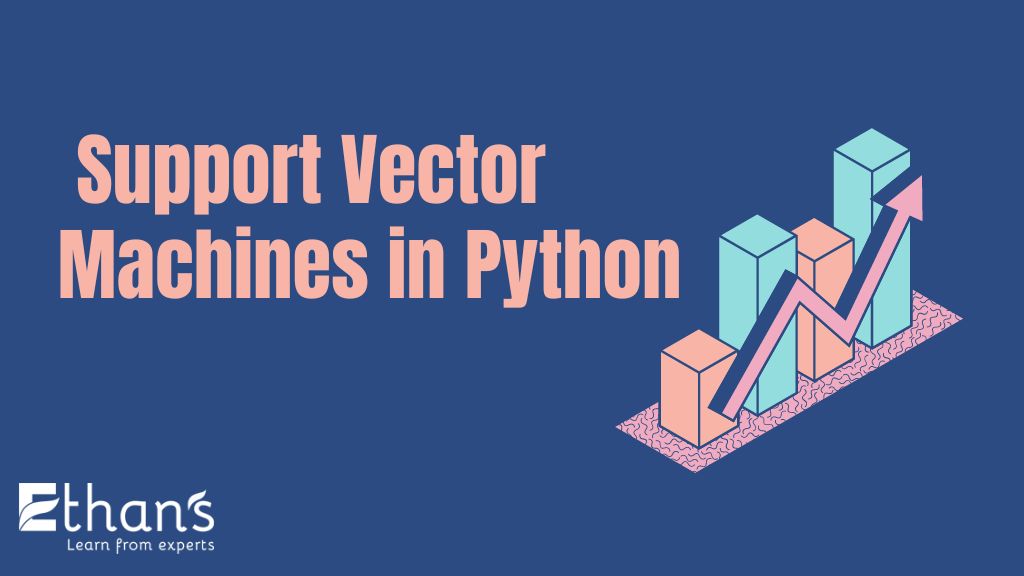Support Vector Machines (SVM) is a powerful machine learning algorithm widely used for classification and regression tasks. It is particularly effective in solving complex problems with high-dimensional data. In this article, we will explore the concept of Support Vector Machines and learn how to implement them in Python.
Support Vector Machines (SVM) is a supervised machine learning algorithm that analyzes data and recognizes patterns to classify it into different categories. It is based on the concept of finding an optimal hyperplane that separates different classes with the maximum margin. SVM is widely used in various domains, including image classification, text categorization, and bioinformatics.
How Support Vector Machines Work
SVM works by transforming the input data into a higher-dimensional feature space and finding a hyperplane that maximizes the margin between different classes. The data points closest to the hyperplane, known as support vectors, play a crucial role in defining the decision boundary.
To classify new data points, SVM calculates their position with respect to the decision boundary and assigns them to the appropriate class based on the side they fall on. SVM can handle linearly separable data as well as non-linear data by using different kernel functions.
Types of SVM Kernels
SVM kernels allow us to transform the input data into a higher-dimensional space, making it possible to find non-linear decision boundaries. Some commonly used SVM kernels are:
Linear Kernel: The linear kernel represents a linear decision boundary.
Polynomial Kernel: The polynomial kernel maps the data into a higher-dimensional space using polynomial functions.
Radial Basis Function (RBF) Kernel: The RBF kernel is widely used and can model complex decision boundaries in a non-linear manner.
Sigmoid Kernel: The sigmoid kernel maps the data into a higher-dimensional space using sigmoid functions.
Choosing the right kernel depends on the nature of the data and the problem at hand.
Advantages of Support Vector Machines
Support Vector Machines offer several advantages in machine learning:
Effective in high-dimensional spaces: SVM performs well even when the number of dimensions is greater than the number of samples.
Robust against overfitting: SVM finds the optimal hyperplane with the maximum margin, which helps in generalization and reduces the risk of overfitting.
Versatile: SVM can handle both linear and non-linear data by using different kernel functions.
Memory efficient: SVM uses a subset of training samples, the support vectors, to define the decision boundary, making it memory efficient.
Disadvantages of Support Vector Machines
While SVM has many advantages, it also has a few limitations:
Computationally intensive: Training an SVM model can be computationally expensive, especially with large datasets.
Sensitivity to parameter tuning: SVM performance can be sensitive to the choice of parameters, such as the kernel function and regularization parameter.
Lack of transparency: SVM models can be difficult to interpret and understand due to their complex decision boundaries.
Implementing Support Vector Machines in Python
Python provides several libraries, such as Scikit-learn, that make it easy to implement SVM models. Here’s a basic example of using SVM for classification in Python:
# Import the required libraries
from sklearn import svm
from sklearn.model_selection import train_test_split
from sklearn.metrics import accuracy_score
# Load the dataset
X, y = load_data()
# Split the dataset into training and testing sets
X_train, X_test, y_train, y_test = train_test_split(X, y, test_size=0.2)
# Create an SVM classifier
clf = svm.SVC(kernel=’linear’)
# Train the model
clf.fit(X_train, y_train)
# Make predictions on the test set
y_pred = clf.predict(X_test)
# Evaluate the model
accuracy = accuracy_score(y_test, y_pred)
print(“Accuracy:”, accuracy)
Evaluating SVM Performance
Evaluating the performance of an SVM model is essential to assess its effectiveness. Common evaluation metrics for SVM include accuracy, precision, recall, and F1 score. Cross-validation and hyperparameter tuning can also be used to optimize the SVM model.
Applications of Support Vector Machines
Support Vector Machines have a wide range of applications in various fields:
Image Classification: SVM can be used for object recognition, face detection, and image categorization.
Text and Document Classification: SVM is widely used in sentiment analysis, spam filtering, and text categorization tasks.
Bioinformatics: SVM can analyze biological data, such as DNA sequences, and help in predicting protein functions.
Finance: SVM can be used for credit scoring, stock market forecasting, and fraud detection.
Conclusion
Support Vector Machines (SVM) is a powerful machine learning algorithm used for classification and regression tasks. It offers advantages such as effectiveness in high-dimensional spaces, robustness against overfitting, and versatility in handling linear and non-linear data. However, SVM can be computationally intensive and sensitive to parameter tuning. By implementing SVM in Python, we can leverage its capabilities to solve complex real-world problems.




